Newark On Trent, Castle And Bridge 1923
Photo ref:
74611


More about this scene
We are looking downstream from the lock towards a bridge over the river by-pass channel. The bridge carries part of the 68 mile tow path that runs between Gainsborough and Wilden Ferry, which was completed in 1791. Trent Bridge and an Upper Trent boat may also be seen but then, as now, Bishop Alexander's 12th-century castle dominates the scene.
Add to Album
You must be signed in to save to an album
Sign inShare This Photo
Buy a Print
Unframed, Mounted, Framed and Canvas prints in a range of sizes and styles.

View Sizes & Prices
A Selection of Memories from Newark-on-Trent
For many years now, we've been inviting visitors to our website to add their own memories to share their experiences of life as it was, prompted by the photographs in our archive. Here are some from Newark-on-Trent
Sparked a Memory for you?
If this has sparked a memory, why not share it here?




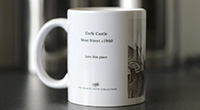
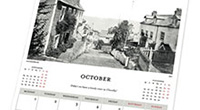
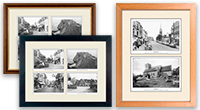
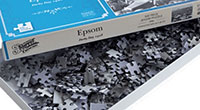

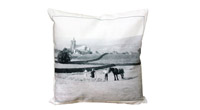
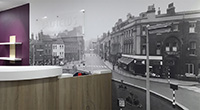





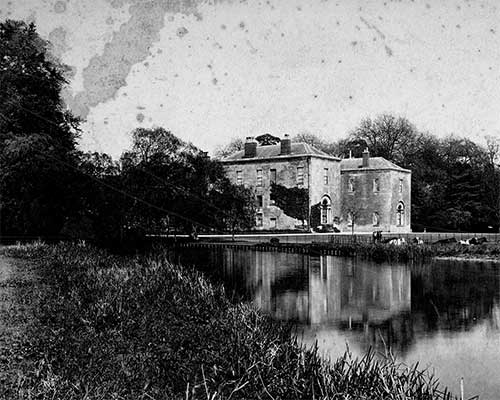 Before
Before
 After
After